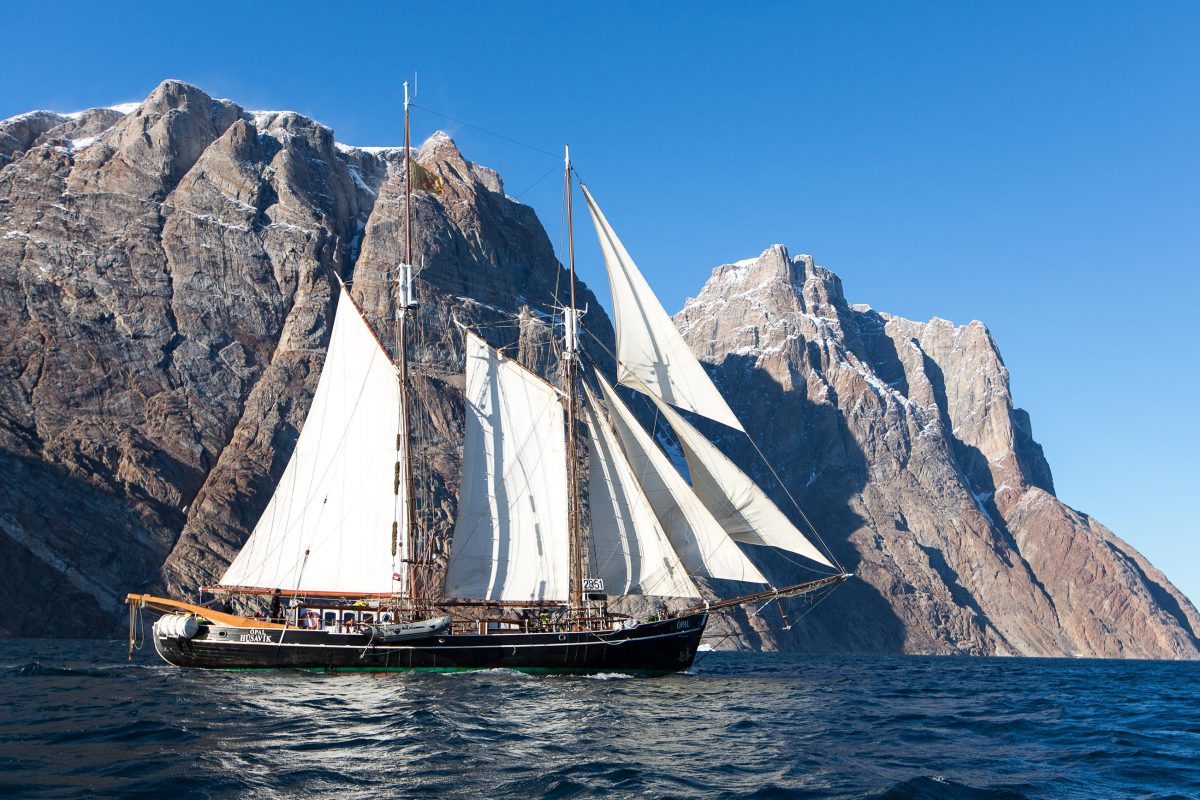The Opal
The Opal, an old two-masted schooner, is the first of two Sailing ships from North Sailing that have been converted to electric propulsion. The excess wind power is stored in the 360 KWh lithium batteries.
The Opal, an old two-masted schooner, is the first of two Sailing ships from North Sailing that have been converted to electric propulsion. The excess wind power is stored in the 360 KWh lithium batteries.





Lithium System GmbH’s batteries are intended to help electric drives prevail at sea. The prototype of a hybrid ship 16, 2016, in Iceland.
Captains of sailing ships often use the diesel engine to move forward according to schedule. A company that carries out ship tours in Iceland has had an old Schooner equipped with an electric motor. If the wind is absent, the “Opal” can be the first to transport the tourists without fuel.
The heart of the electric hybrid ship were the batteries of Illnauer Lithium Storage GmbH, now Lithium System GmbH. The company invested in the pioneering project to see if the engine/generator combination could be used for larger ships and ferries. The company was already involved in the “E-Force-One” project, in which two dozen electrically powered trucks for large distributors travel daily. Now they ventured into the oceans.
Hybrid ship before pioneering voyage
In the automotive industry, hybrid technology has proven itself as an intermediate stage for pure electromobility. Why should it not also be used at sea? On board: the Illnau-based company Lithium System GmbH.
The summer sun pushed up the temperature in the Fehraltorfer offices of Illnauer Lithium System GmbH. However, Managing Director Roger Miauton was still close to the Arctic Circle. In a few days, the entrepreneur and Illnau-Effretikon parliamentarian will deal with frosty winds and drift ice. Miauton is one of the passengers on board the two-master “Opal”, which will start on July 12 for a ten-day test drive in Iceland.
The “Opal” is one of the first sailing ships in the world to use both wind and electricity from a battery to advance. The owner North Sailing uses the ship to drive sea-proof tourists to whale-watching.
Miauton’s attention during the test drive, however, was more about the technology in the hull of the ship. There, four salt-water-proof batteries from Lithium System feed the ship’s electric motor with a total output of 360 kilowatt hours.
The Swedish offshoot of the Caterpillar Group built the special ship screw, which uses the water resistance to charge the battery during sailing operation. In addition, employees from Illnau have installed all the electronics, the ship control, the on-board power grid and the propulsion system. The project went to the substance of the company with four employees. “At least three employees have been on site in the last few days,” says Miauton.
Electricity saves fuel
In Iceland, the new technology is also of great importance. The Prime Minister’s visit was announced for the launch. The project was supported by Scandinavian companies and institutions.
The idea for the hybrid technology came from the Rensea Group, in which the participants had joined forces. Lithium System was the only representative from a domestic country as a Swiss company. Miauton expected the company to be able to use hybrid technology to be present in the world’s oceans. “We are using the project to advance our technology,” he said. “That’s why we invested in Rensea and spent around 200,000 Swiss francs on the development of the high-sea battery alone.”
The market potential for the technology is theoretically as far as the inland lakes and the seas: every ship owner is a potential customer: on sailing ships, a diesel generator is internationally prescribed for safety reasons. Especially when the traffic is slack or near the harbour, captains like to throw the engine. “The burning of fuel, however, contradicts the idea of environmentally friendly progress with wind power,” says Miauton.
Transferred to large ships
For the time being, the maritime hybrid technology was limited to the 30-metre-long “Opal”. It was now a matter of gaining experience and checking whether the calculations would be fulfilled. “Can the technology be applied to larger ships?” wondered Miauton. North Sailing was willing to equip all nine ships in its fleet with the technology. In addition, hybrid technology can also be used for cargo ships or ferries, even steamships, to save fuel. Cargo ships that travel through wind power have been sailing the seas for several years.
Batteries are getting better and better
Electric motors are already frequently used on the road. As part of the “E-Force-One” truck project, two dozen vehicles with lithium batteries are already on the road. More, even bigger Brummis have been ordered. The investment in pioneering projects is necessary in order to be ahead of the market. “There are many competitors around the world, but we are one step ahead of them at the moment.”
Today, two-thirds of the turnover comes from Switzerland and one third from abroad. Every year, Lithium System imports batteries weighing around 200 tonnes. Miauton responds to the criticism that lithium batteries are not performing enough, given their mass, with a reference to the constant development of lithium technology. For example, nCM or NMC cells (with lithium cobalt manganese chemistry) and for applications with thousands of charging cycles and high currents are mainly The LTO cells (Lithium Titanium Oxyde) in vehicles. Lithium System GmbH has also built large-scale electric vehicles for mine operation and is currently developing an even larger series of up to 190 tons of total weight.
Lithium System GmbH develops all projects in cooperation with partner companies. The lithium cells always come from China, the inverters and control electronics mostly from Germany, the USA. Progress has also been made in terms of recycling. The lithium batteries used in vehicles can be used for a second phase of life in grid storage systems. The batteries in the belly of the “Opal” are in the middle of their first life cycle after four years.